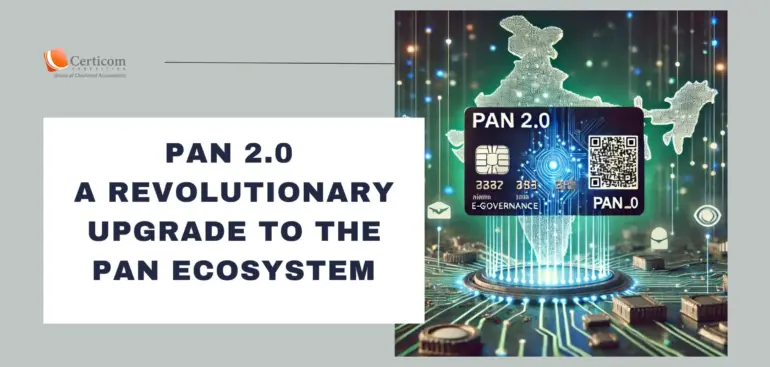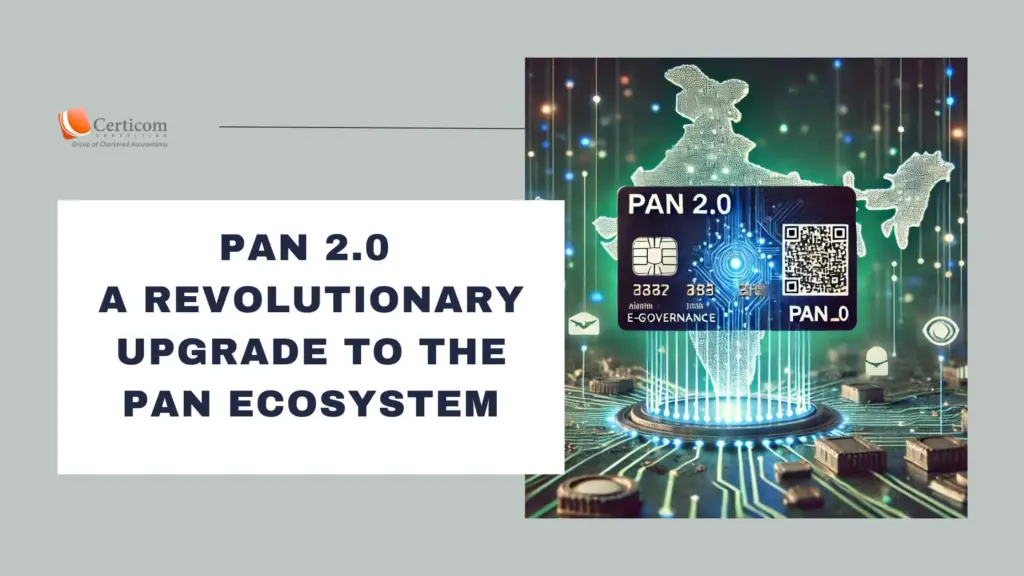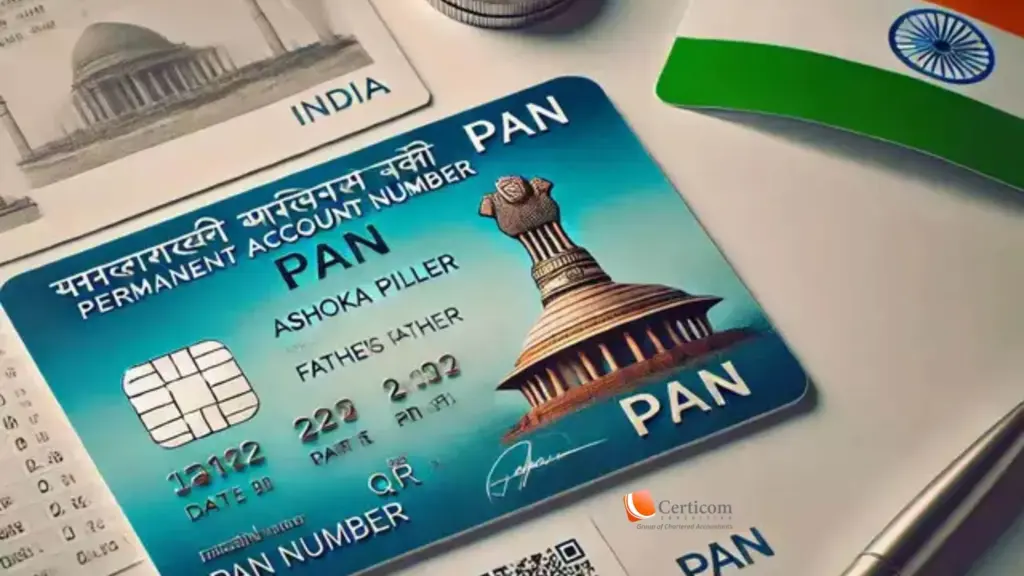The Significance of PAN Card for Businesses: GST and Corporate Tax Implications

A Permanent Account Number (PAN) card is an essential requirement for businesses in India to comply with tax regulations, especially for Goods and Services Tax (GST) registration and corporate income tax filing. Government directives mandate that all business entities must obtain a PAN before registering for GST or filing tax returns. Non-compliance can lead to penalties and operational disruptions.
Serving as a unique 10-digit identifier, a PAN card is crucial for businesses in various tax-related transactions. Without it, companies cannot complete fundamental processes such as GST registration, return filing, tax refunds, or Tax Deducted at Source (TDS) payments. Below, we explore the impact of PAN on GST compliance and corporate tax filing for different types of businesses.
PAN and GST Compliance
Mandatory PAN for GST Registration

To obtain GST registration, businesses must provide necessary details, including business registration documents, bank account information, and a valid PAN card. With the exception of non-resident taxable persons, every business entity must submit its PAN for successful GST registration. A single PAN can be used for multiple GST registrations in different states where the business operates. Before approving the registration, the GST portal electronically verifies the PAN with the Income Tax database.
Importance of PAN in GST Return Filing
PAN details are required for filing GST returns, including monthly filings such as GSTR-1 and GSTR-3B, as well as annual returns. Any errors in PAN information can lead to return rejections, late fees, and potential complications in claiming input tax credit. Industry associations have urged the government to simplify PAN-related compliance for smoother operations.
Impact of PAN on Input Tax Credit (ITC) Claims
Businesses can claim ITC on GST paid for purchases only if their suppliers issue invoices with valid PAN details. Errors in PAN details may result in ITC claim rejections, increasing working capital burdens. Experts recommend robust verification mechanisms to minimize such issues and prevent unnecessary tax liabilities.
PAN and Corporate Tax Compliance
PAN Requirement for Income Tax Filing
All businesses, including companies and Limited Liability Partnerships (LLPs), must mention their PAN while filing income tax returns, regardless of turnover. Failure to comply can lead to a penalty of Rs. 10,000 under Section 272B of the Income Tax Act. PAN is also integral to various tax-related processes, such as TDS payments, issuance of TDS certificates, and digital tax return filing. Additionally, businesses must ensure that their directors’ and partners’ PAN details are updated in the income tax records, especially with the PAN-Aadhaar linking requirement in place.

Consequences of Operating Without a PAN
Not having a PAN card can create multiple challenges for businesses, such as:
Inability to Register for GST – Without a PAN, businesses cannot register for GST, which restricts interstate trade and affects input tax credit claims.
Tax Filing Difficulties – Businesses without a PAN cannot file tax returns or claim deductions, exposing them to penalties and legal issues.
Limited Access to Financial Services – Banks and financial institutions may refuse loans and credit facilities to businesses without a PAN, as it serves as an essential identifier.
A PAN card is a fundamental document for businesses, enabling seamless tax compliance, GST registration, and corporate tax filing. Without it, companies face significant operational setbacks, including tax payment delays, refund issues, and financial penalties. With the government enforcing PAN-Aadhaar linking, businesses must ensure their PAN details are accurate and up to date. Having a valid PAN not only ensures compliance but also supports efficient financial management, fostering business growth and stability.
Related Post
Salaried and Stressed: A Step-by-Step ITR Filing Guide
Top 7 Income Tax Errors That Invite IT Notices
Resident’s Guide to Buying NRI Property in India
Book A One To One Consultation Now For FREE
How can we help? *







